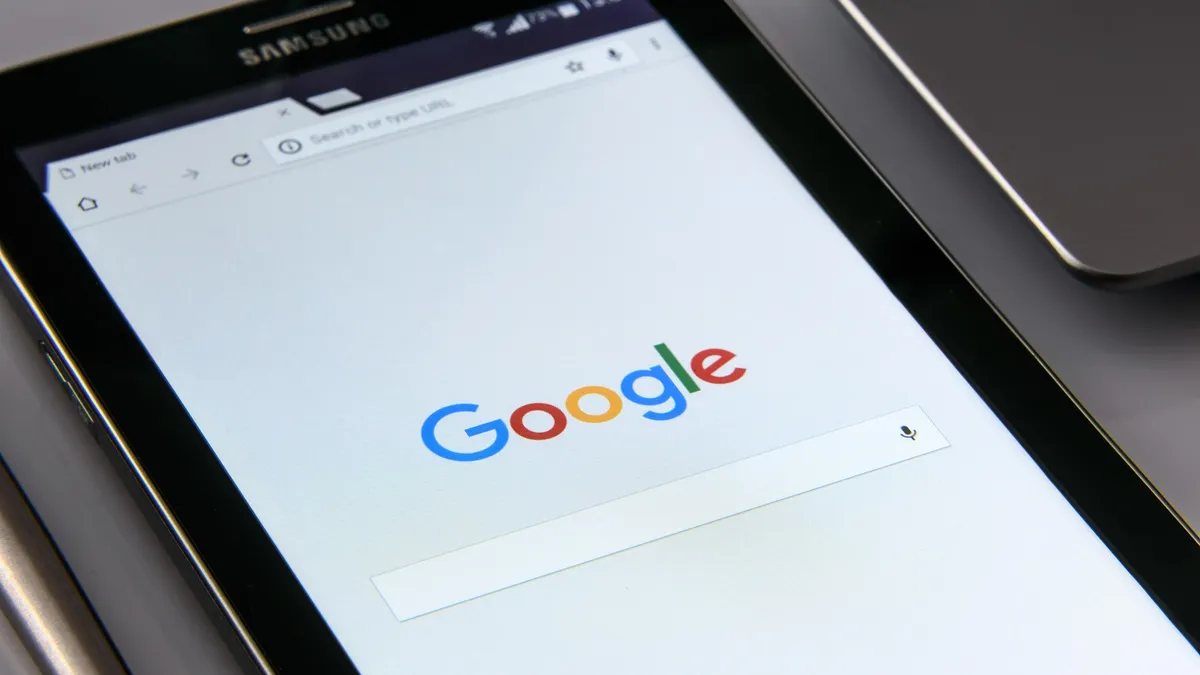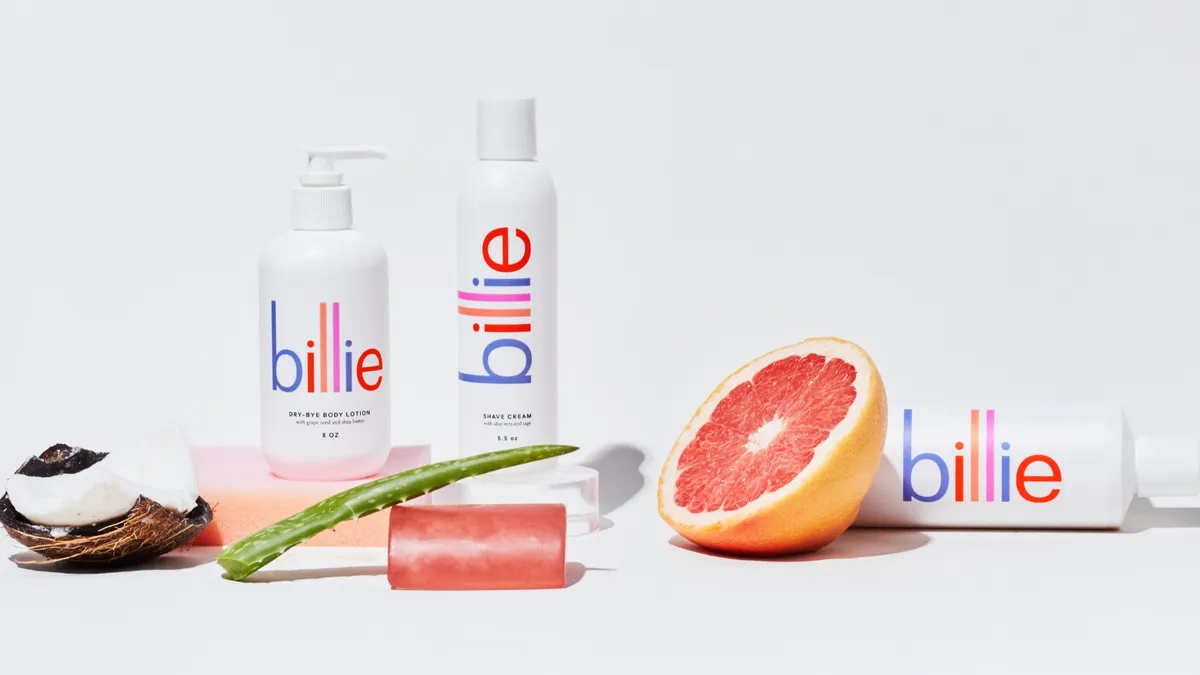Traditionally, big sales have been made with a handshake, not a buy button. Because of this, B2B sales teams have long lacked the incentive to adopt new technologies, such as sales enablement solutions, experts argue. (Sales enablement technologies provide marketing and sales with a more complete view of a potential buyer's behavior.)
However, certain factors – from the influx of real-time data to shifting purchase preferences – are reshaping the traditional buying process and driving the need for greater adoption of sales tech. As information becomes more accessible to buyers through the Internet, it's increasingly crucial for marketing and sales teams to close the loop between the two ends of the marketing funnel, coordinating efforts through new technology to provide a harmonized front to potential buyers.
The new buying environment
“Selling has always been more about the buyer than the seller, so any effective sales model must adapt to changing buying protocols," Frank Cespedes, senior lecturer at Harvard Business School, and Tiffani Bova, research vice president at Gartner said in a recent Harvard Business Review (HBR) article. And the buying process is now changing.
The buying process no longer follows the traditional AIDA (Awareness to Interest to Desire to Action) model, but rather has become an ongoing cycle made up of parallel streams, according to the authors. The four streams are:
- Explore, in which buyers see "a need or opportunity and begin looking for ways to address it"
- Evaluate, in which buyers analyze the options they discovered in the "explore" process
- Engage, in which buyers contact vendors to move forward in the purchasing decision
- Experience, in which buyers use the service/product and assess its value
Up to 80% of buying process now takes place before the first direct interaction with the company, the HBR article notes, adding that the salesperson becomes only one touchpoint into the company.
Buyers weave in and out of these parallel streams to make more informed buying decisions. Likewise, sales teams can harness user engagement data to measure and carry out relevant strategies that translate into higher conversions.
The trend today is that the hyper-informed buyer is also becoming the hyper-watched buyer, according to Robert Wahbe, co-founder and CEO of Highspot, a company specializing in machine learning and sales enablement.
Companies “have to ask, how do I make sure I’m feeding them all the right content when [buyers] are doing their research,” Wahbe told Marketing Dive. The first step is closing the loop and finding a common language between marketing automation at the top of the funnel and sales enablement at the bottom.
Leveraging data to improve the sales process
While data plays an increasingly central role in modern marketing, it is growing in usefulness for B2B sales teams as well.
Sales teams have long used data to better track leads, inform next steps, and drive conversions. But there are new technologies for keeping track of notable clients and sales -- and closing the loop between the two ends of the funnel. Think email tracking services like MailChimp, CRM platforms such as Salesforce, and sales enablement providers like Highspot.
Marketing and sales teams must “always have [their ears] to the ground," Thomas Mathew, chief product officer at Zoomph, recently told Marketing Dive. "Opportunities come and go like the Golden Snitch in Quidditch: first to find-and-act wins big.”
Consumer-facing businesses have already seen these tech advancements due to shifting consumer expectations, but with larger business clients now becoming more informed, it's leading to new tech for B2B sales, too.
There is no "best method" for harnessing new sales technology. For his part, Wahbe believes sales teams should focus their attention on machine learning and data tracking to both improve the sales process, and to help bridge the gap between marketing and sales.
Regardless of how well B2B sales teams adopt new technologies and adapt to the new buying environment, Justin Tobin, founder of innovation consultancy DDG, argues that much hinges on the nature of the products or services being sold to buyers, and the buyers and sellers directly involved in a sale.
“It comes down to circumstantial incentive from the purchaser and seller sides, balancing [the incentive to automate the buying process] and risk [of how big the sale is],” Tobin explained to Marketing Dive. “The higher the risk, the more [customers will] want to use tech for many parts of the funnel, but the less [customers will actually] want to use tech for the purchase itself.”
Golf course sales
Despite how accessible these new technologies might be, the size of the purchase outweighs the risk associated with simply clicking on a buy button. These buyers, despite how informed they may be, aren't making purchase decisions on their own and typically have to justify the expense to higher ups. These purchases often require face-time with the seller. Regardless of the size of the account, the new buying process means sales and marketing teams need to get every touch point (on- and offline) ready for interaction.
Tobin calls scenarios where the customer ultimately opts for a human-to-human interaction -- especially when it comes to bigger accounts and pricier purchases -- as “golf course sales.” Be it heavy machinery from John Deere or cloud technology from Oracle, “you’re more likely going to a salesperson, especially if you’re a larger account,” Tobin said.
Gartner research on effective sales interactions backs this point up, showing that business buyers report direct interactions with providers as the most influential touchpoint in their decision-making process, though other digital streams still registered as important. Online and offline events, referrals, white papers and providers’ websites were labeled as important. Interestingly, social media was considered the least effective tactic in B2B.
“On the customer side, there’s a need to have a personal connection because of the weight of the purchase," Tobin said. "And on the sales side, people are making enormous commissions off these sales, so there’s not a lot of incentive to change due to either risk, or perceived risk, or frankly, just money.”
But even when incentive is slim, there are signs that the need for such technology is growing.
Following the dollar signs
The key to selling sales tech to sales teams is knowing what information is going to be most importation to them, Todd Berkowitz, research director at Gartner, told Marketing Dive. It’s generally a tough path trying to sell to sales, he concedes, not to mention marketing usually has a bigger budget.
Highspot’s Wahbe, who spent 16 years doing marketing at Microsoft, says the real issue is “marketing conversations tend to focus on the highest parts of the funnel like advertising, but the reality is that it’s responsible for the whole spectrum, from negotiating price to lead generation … and you can’t have a leaky funnel.”
One basic solution to a leaky funnel is throwing money at the problem, and investors are now waking up to the growing opportunity. Berkowitz says he’s recently been inundated with inquiries about predictive analytics and sales enablement, and sees more attention getting paid to the sales tech space.
“There’s a huge amount of money flowing into the market. It has the potential to be as important for marketers and sales teams as Marketo, Eloqua and Salesforce,” Berkowitz said, adding it’s too early to tell, however, as adoption hasn’t been broad outside of early-adopting tech companies.
Wahbe echoes Bertowitz’s sentiment, saying it’s still “at the beginning of its curve and there’s millions in seeds up for grabs.”
"There’s a massive amount of investment in sales enablement because investors see there’s a huge hole,” he said.
As long as sectors attempt to infuse “smart” technology into every part of their respective funnels, the money will keep flowing in. Berkowitz throws caution to the wind, citing the fact that the B2B sales tech opportunity hasn’t been properly evaluated. He also considers the influx of money to be somewhat speculative -- but not insane either.
“[Sales tech is] clearly pretty frothy and the ROI is very compelling, so it’s an attractive space for VC funding.”


















